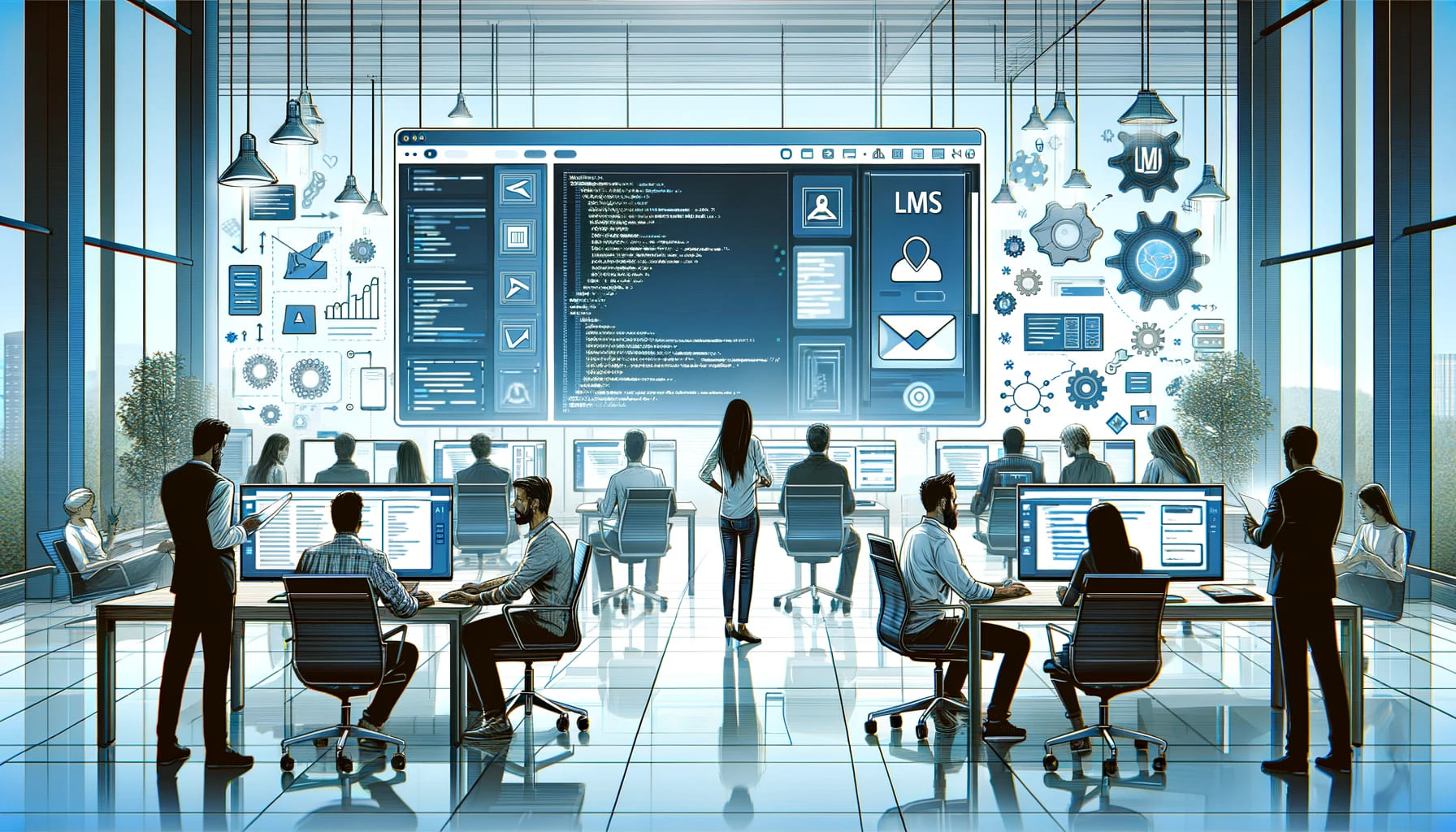
In the modern educational landscape, a Learning Management System (LMS) is a vital tool that facilitates seamless online learning and training. While off-the-shelf LMS solutions abound, a custom LMS tailored to specific needs can offer unparalleled benefits. This roadmap will guide you through the critical steps to develop a custom LMS that aligns perfectly with your educational objectives.
1. Defining Your Objectives
Before diving into development, it’s crucial to outline the goals and objectives of your LMS. Ask yourself: What are the specific needs of your organization or institution? Are you targeting corporate training, K-12 education, higher education, or vocational training? Clearly defining your goals will help shape the features and functionalities of your LMS.
2. Conducting Market Research
Understanding the landscape of existing LMS solutions is vital. Conduct thorough market research to identify gaps in current offerings that your LMS can fill. Analyze the strengths and weaknesses of competitors, and gather feedback from potential users through surveys and interviews. This step will inform the unique value proposition of your custom LMS.
3. Planning Features and Functionalities
Based on your objectives and market research, outline the core features and functionalities of your LMS. Common features include user management, course creation and management, assessments and quizzes, communication tools, and analytics. Consider advanced features like gamification, social learning tools, and AI-driven personalized learning paths to enhance user engagement.
4. Choosing the Right Technology Stack
Selecting the appropriate technology stack is crucial for the development and scalability of your LMS. Common choices include programming languages like Node.js, PHP, Asp.Net, or CMS like WordPress. Ensure that the chosen technologies align with your development team’s expertise and the project’s requirements.
5. Designing the User Experience
A seamless and intuitive user experience (UX) is vital for the success of your LMS. Work with UX/UI designers to create wireframes and prototypes. Focus on ease of navigation, accessibility, and responsive design to ensure the LMS is user-friendly across all devices. User testing during the design phase can provide valuable feedback for improvements.
6. Development and Testing
With a solid plan and design in place, the development phase begins. Follow agile methodologies to allow for iterative development and continuous feedback. Implement robust testing strategies, including unit testing, integration testing, and user acceptance testing, to identify and rectify issues early in the development process.
7. Deployment and Maintenance
Once development and testing are complete, deploy your LMS on a reliable server or cloud platform. Ensure that you have a maintenance plan in place to handle updates, bug fixes, and ongoing improvements. Regularly collect user feedback to guide future enhancements and ensure the LMS continues to meet users’ evolving needs.
8. Training and Support
Finally, provide comprehensive training for administrators and end-users to maximize the effectiveness of your LMS. Offer resources such as user manuals, video tutorials, and a dedicated support team to assist users with any issues they encounter.
Developing a custom LMS is a complex but rewarding endeavor. By following this roadmap, you can create an LMS that not only meets but exceeds the specific needs of your organization, providing a powerful tool for learning and development. With careful planning, user-centric design, and continuous improvement, your custom LMS will be well-equipped to foster effective